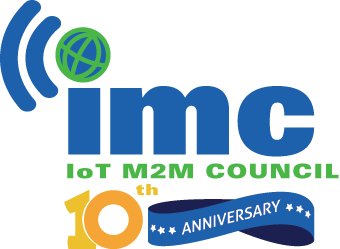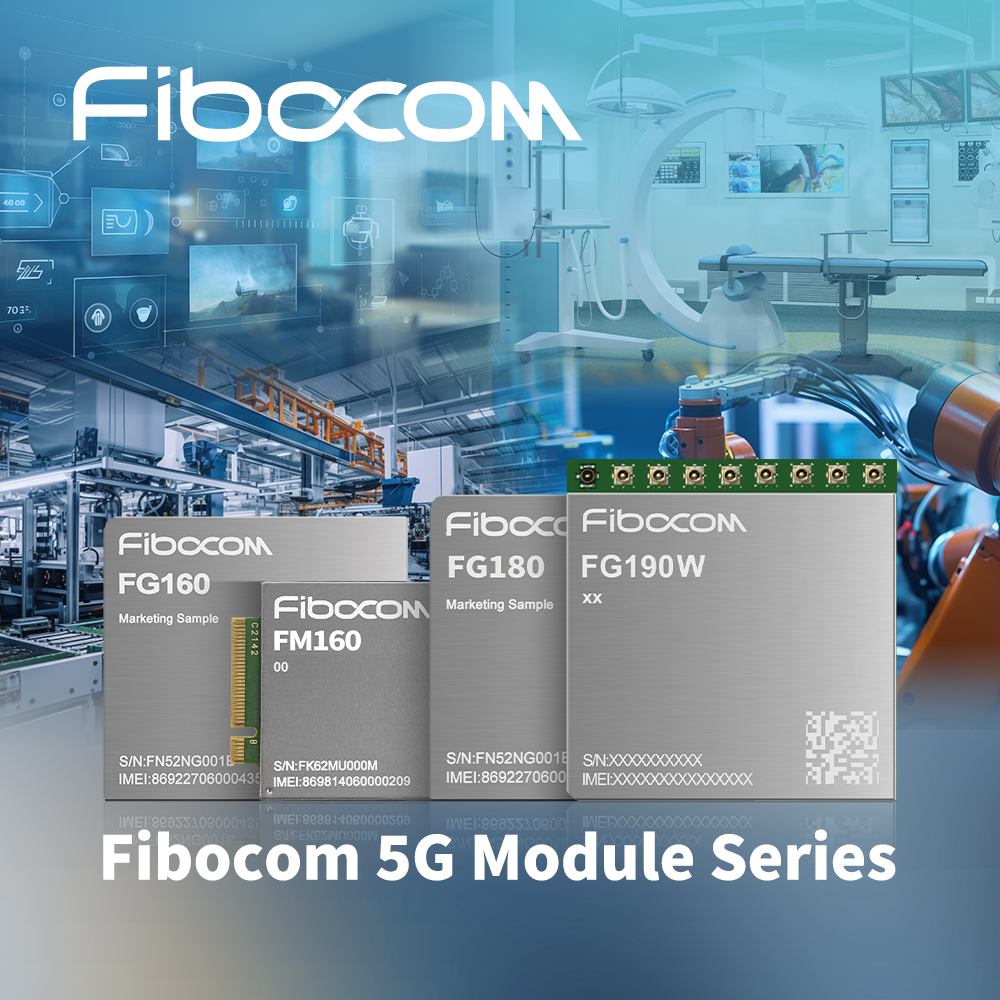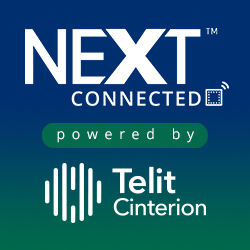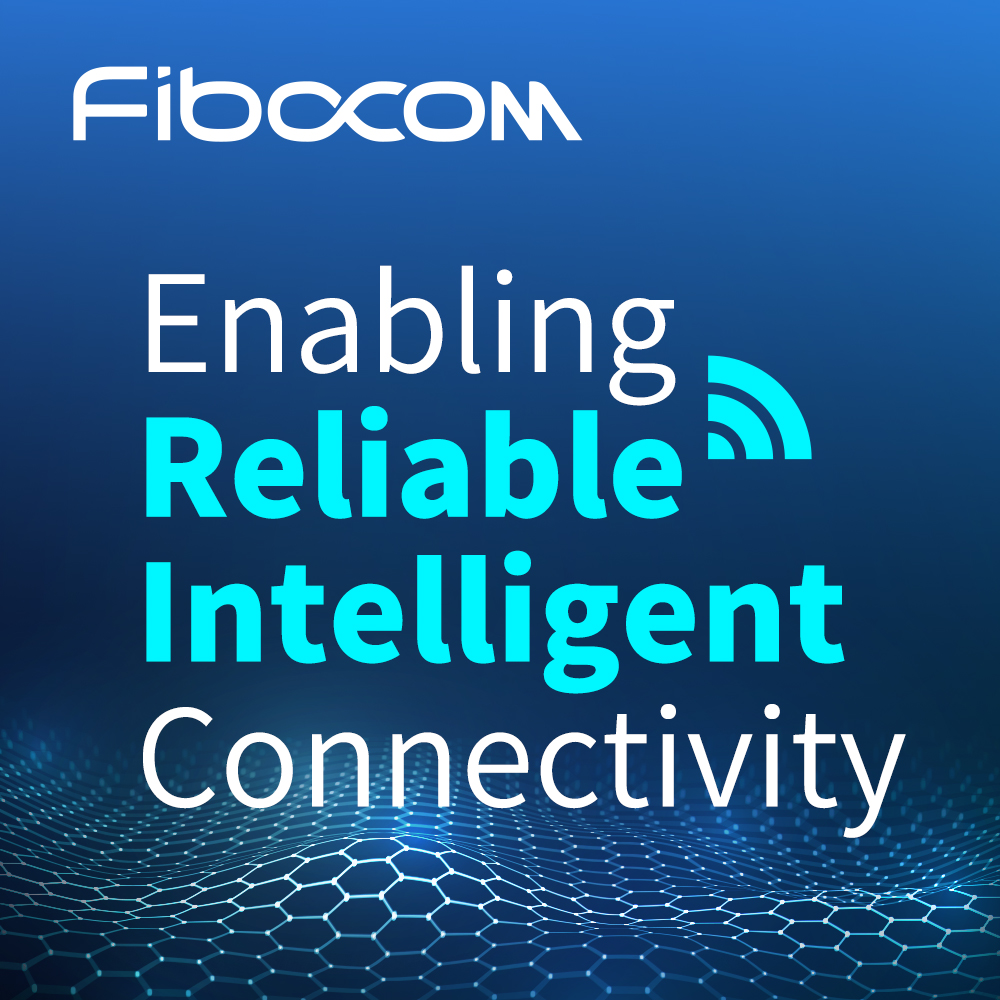Huawei launches intelligent vehicle components for OEMs
- April 27, 2021
- William Payne
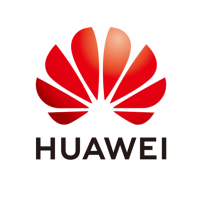
Huawei has launched a set of components for OEMs building smart vehicles, including 4D imaging radar, an augmented reality head up display (AR-HUD), and an intelligent driving platform, the MDC 810.
The company is forming a team of over 5,000 people to work on intelligent automotive components’ R&D and its investment in this field will total US$1 billion.
In October 2020, Huawei launched the ‘Huawei Inside’ initiative, which includes a brand-new digital architecture for intelligent vehicles, five intelligent solutions (Intelligent Driving, Intelligent Cockpit, mPower, Intelligent Connectivity, and Intelligent Vehicle Cloud), and over 30 intelligent components.
The 10 L AR-HUD transforms an ordinary windshield into a 70-inch HD screen and intelligently adjusts the projection area by tracking users’ eye movements. It can display a viewing angle of 13° x 5°, allowing users to view detailed information on the windshield. Its visual identification and AI capabilities provide an immersive visual experience and driving assistance.
Huawei’s 4D imaging radar uses a 12T24R large antenna array (12 transmit channels and 24 receive channels), which offers a 24-fold improvement over the antenna configuration of a conventional mmWave radar (3T4R) and 50% more receive channels than industry imaging radars. The company says it is the imaging radar with the largest antenna array currently available for mass production.
The 4D imaging radar provides a non-line-of-sight (NLOS) sensing strength that helps detect hidden objects while maintaining distance and velocity measurement capabilities of the traditional mmWave radar, allowing it to perform functionally regardless of ambient lighting and bad weather. It can produce a point cloud density on par with lidars, enabling abundant radar applications such as environment reconstruction, mapping, and localisation. By converging point clouds of multiple radars, vehicles can gain a 360° surround view, thereby implementing full-coverage sensing of all objects in different scenarios under all weather conditions.
The MDC 810 is a mass-produced intelligent driving computing platform which Huawei says possesses the industry’s highest computing power. It provides dense computing power of up to 400 TOPS in compliance with the ASIL-D safety requirements. Equipped with the MDC Core (including the intelligent driving operating systems AOS and VOS) and a complete toolchain, the MDC 810 can enable high-level autonomous driving functions such as Traffic Jam Pilot (TJP), Highway Pilot (HWP), and Auto Valet Parking (AVP). The ARCFOX Alpha S sedan will be the first vehicle to feature HUAWEI MDC 810, and more vehicle models will be powered by HUAWEI MDC series in the near future.
HUAWEI MDC is an open, standardised platform aiming to boost the growth of the intelligent driving industry. Huawei has been working closely with vendors of sensors, actuators, and application algorithms to build such technology ecosystems based on the MDC. Through the open computing platform, Huawei unites the efforts of eco-partners to accelerate construction of the intelligent driving ecosystem, stepping into the mass production phase of intelligent vehicles.
HUAWEI Octopus is an open autonomous driving platform that employs massive data, HD map, and advanced algorithms to build a data-driven, closed-loop platform for intelligent driving. It is designed to help OEMs build autonomous driving development capabilities from scratch, lower development requirements, and improve development efficiency.
The company has also announced its latest HD map cloud service capability and roadmap. Huawei has obtained grade-A surveying and mapping qualification to produce electronic navigation maps and developed comprehensive HD map data collection and mapping capabilities.
The HUAWEI TMS is an intelligent, integrated thermal management system which is designed to improve the operating temperature of heat pumps from -10°C to -18°C without compromising on comfort. As a result, the range of new energy vehicles (NEVs) is increased by 20%. In addition, HUAWEI TMS provides personalised applications, helping OEMs build a thermal system with optimal energy efficiency and superior experience.
As the automobile industry shifts over to electric power, thermal management systems are growing in importance. Currently, most NEVs use the PTC heating solution, which reduces the range by 30% to 40% at lower temperatures. It is estimated that heat pumps may enjoy a 3x faster penetration rate between 2020 and 2025. Huawei claims its new HUAWEI TMS has achieved 100% improvement in energy efficiency, 60% improvement in calibration efficiency, and improved user experience.
“The ‘Huawei Inside’ initiative is designed to integrate Huawei’s technological strengths with the vehicle manufacturing capabilities of automakers to build high-end intelligent vehicles that provide a more enjoyable driving experience,” said William Wang, President of Huawei’s Intelligent Automotive Solution Business Unit (IAS BU). “Facing accelerated transformation of intelligent vehicles, Huawei is committed to lighting up the future of autonomous vehicles through innovation.”
